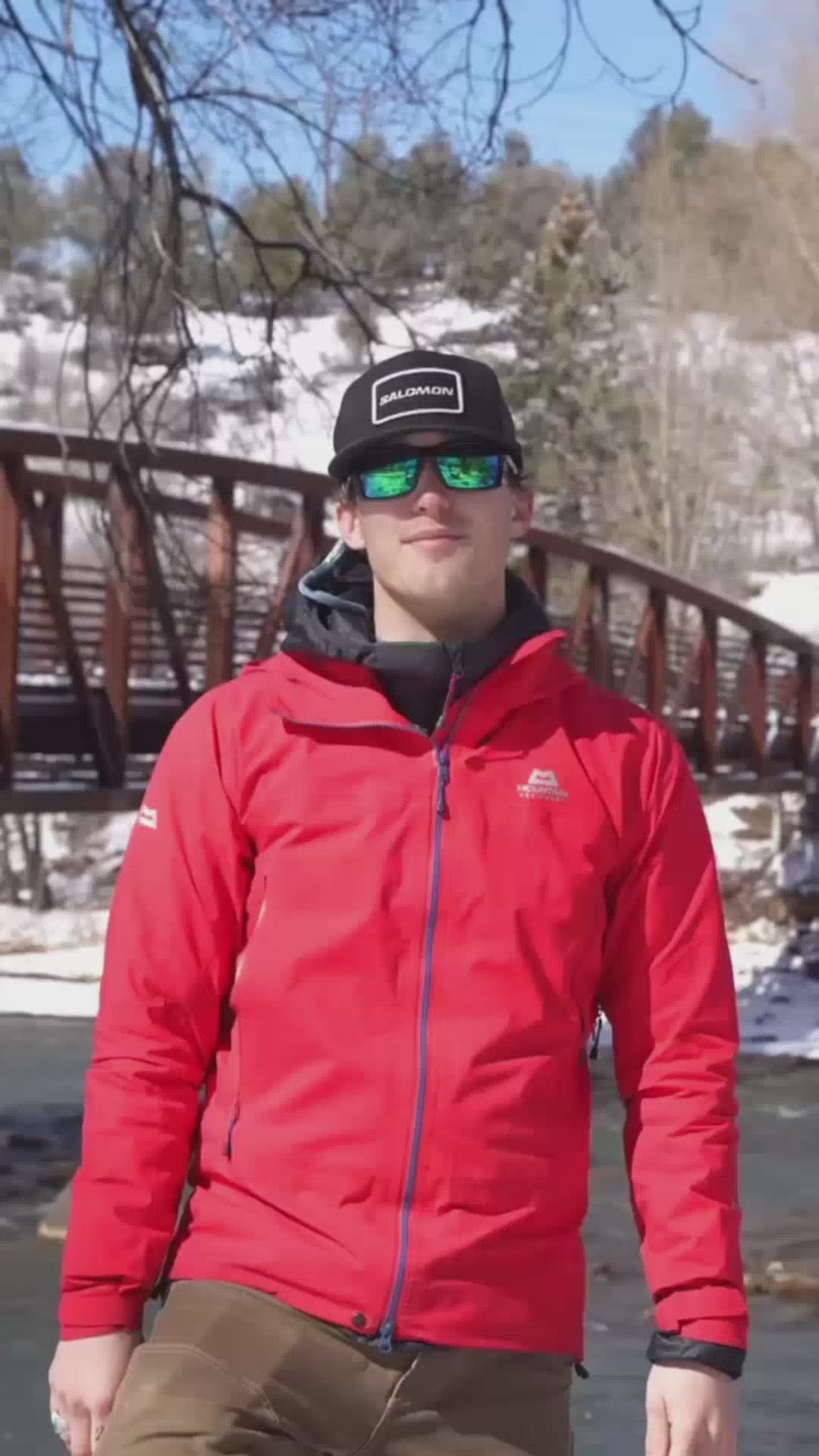FITTING YOUR HELMET CORRECTLY:
Proper fitting of your helmet is very important. To be effective, the helmet must fit firmly but comfortably. A helmet that is too loose may slip, possibly reducing its protective capabilities, and one that is too tight may cause discomfort.

STEP 1
Try on your helmet, utilizing the smallest model size that fits snug on your head, but that is comfortable. To do so, grab the helmet by the straps, spreading them slightly to make it easy to slide over your ears and on to your head (see Image to the side).
STEP 2
When adjusted properly, the helmet should feel snug and sit level on your head, with the front edge just above your eyebrows (see Correct Helmet Placement illustration below).

STEP 3
Adjust Retention System: The retention system works by using a webbing and buckle system to pro- perly secure the helmet in place during falls. To secure the helmet on your head, insert the male piece of the buckle into the female piece until you hear a clicking noise. Only 1–2 fingers should fit between retention strap and chin. Adjust retention strap length by pulling the excess webbing through the slider before the buckle and pull away on the male buckle piece to lengthen and do the opposite to shorten the length of the strap. Pull on the quick release tab on the buckle to open the buckle and remove the helmet. Get familiar with the buckles function by opening and closing it a few times while wearing the helmet before your first use.
STEP 4
Check for proper fit and ensure buckle is securely fastened each time you wear your helmet. With the helmet properly adjusted, tension should be firm and evenly distributed among all the straps. The helmet should not easily roll forward or backward and it should not be removable without unbuckling the retention system. The retention system is extremely strong and essential to the protective function of your helmet, so LowDown emphasizes the importance of a snugly fitted and closed buckle checking it before every use.

LowDown Fitting
